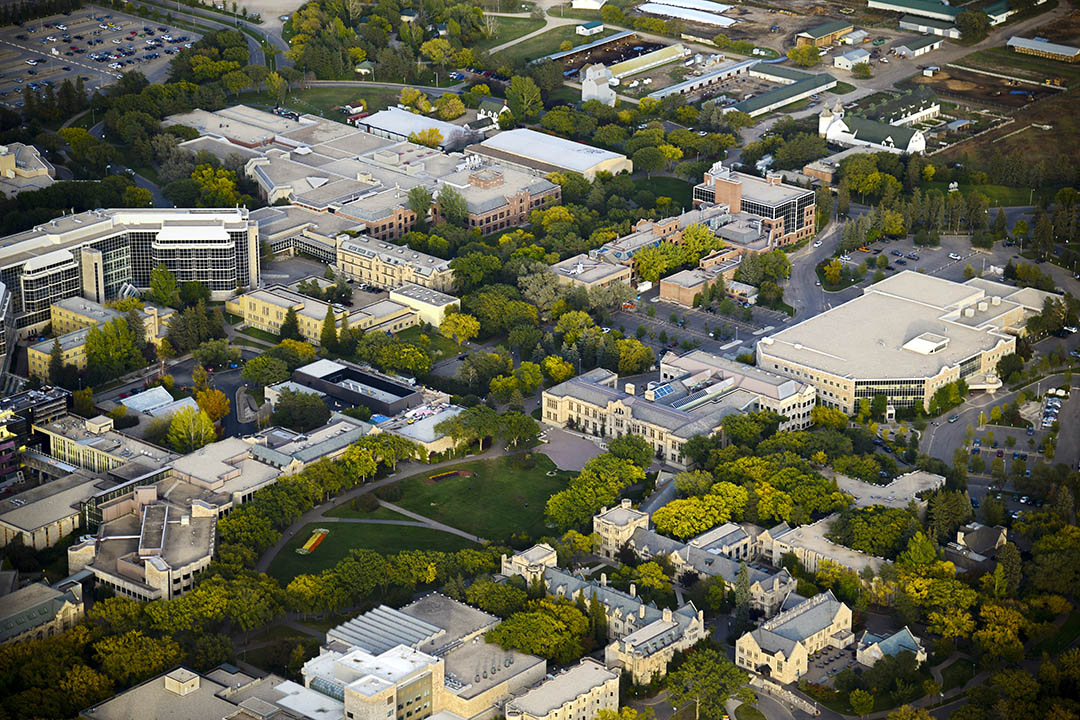
USask uses federal funding to reduce carbon footprint
“It’s a never-ending process,” said Robert Bierman, manager of Facilities Sustainability and Engineering at the University of Saskatchewan (USask).
By ANGELICA BRELAND, STUDENT INTERN, UNIVERSITY COMMUNICATIONSAnnounced in 2019, the Optimizing Energy Efficiency (OEE) project is well on its way to its targets of a reduction of 4,230 tons of greenhouse gas emissions and annual utility savings of about $650,000.
“Thus far, the project has resulted in $300,000 in annual utility savings and has reduced annual greenhouse gas emissions by 2,000 tons,” said Bierman.
With $1.5 million in funding from the Government of Canada’s Low Carbon Economy Fund and $2 million from USask, the OEE project was able to conduct energy efficiency audits on 26 buildings on campus. Through that audit, 206 energy conservation measures were identified that, if implemented, could surpass the project’s targets by double.
Bierman has played an integral role in supporting the execution of the OEE project since his arrival on campus last year.
A key priority of the project is to balance energy savings with occupant comfort, so one of Bierman’s responsibilities is making sure people on campus aren’t adversely affected by the changes made.
“If people are complaining because they’re cold or the lights are off, then we haven’t done our job properly,” said Bierman.
In some cases, they’ve even made changes that initially increased energy consumption.
“Early on, there were a number of portions of buildings that we identified didn’t get sufficient air exchange, as per our own specifications, and that’s very critical from a COVID perspective—making sure if there is any virus in the air, that it is removed rapidly,” said Bierman.
Even though most of the changes have yet to require the involvement of people on campus, there is still a lot of collaboration going on.
Every week, people from various departments on campus meet to prioritize energy conservation measures. Just within his own department, Bierman has noticed a significant change.
“Bringing people from different areas within the Finance and Resources team together to discuss ways of implementing the energy reduction projects and reducing greenhouse gases has led to further conversations and provided insight into the way we work together on campus,” said Bierman.
To put things into context, the annual reductions in greenhouse gas emissions as a result of the OEE project will be equivalent to what about 500 Saskatchewan homes produce.
While there is still over a year left to go in this phase of the project, Bierman is already looking to the future.
“Optimizing energy efficiency is a concept that won’t stop,” explained Bierman, noting it is a critical component in meeting the climate action commitments outlined in the USask Sustainability Strategy. “We’ve developed a self-awareness on building operations and making sure that continues in the long term is one of the big benefits of this project.”


